Writing Teaching Resources
Teaching writing strategies and the writing process this school year? Explore a comprehensive collection of teacher resources for elementary and middle school ELA teachers — all created by teachers!
Stocked with graphic organizers, writing prompts, templates, worksheets and so much more, this collection of printable and digital activities is designed to help you as you help your students become more effective communicators and unleash their creativity and imagination.
Save time on lesson planning with resources that have been through a careful review process by an expert member of our teacher team to ensure they're ready for your classroom and your students!
Are you looking for tips and tricks to add to your teacher toolkit this school year? Read on for a primer from our teacher team, including engaging activities for teaching writing in elementary and middle school and a look at some of the different writing strategies your students will need to learn.
11 Writing Strategies Kids Should Know by the End of Middle School
We can't talk about teaching kids to write without talking about the different writing strategies that can help them do just that!
When it comes to teaching our students to become confident writers who articulate their ideas effectively, here are some of the strategies our teacher team prioritizes:
1. Brainstorming
Brainstorming is something we often do in the classroom, and it's a crucial part of learning to generate the ideas that will drive students' writing as they progress through their educational journey. Kids should know how to create a list of potential topics or points related to a particular writing assignment.
With younger students, this is often done as a whole group by writing ideas and points on chart paper. In upper grades, students transition over to using text-based materials to generate ideas and talking points.
2. Outlining
Before diving directly into any assignment, our students should be able to create a structured framework or outline. Teaching students how to create this outline will help them organize their thoughts and arguments for penning their essays, reports and research papers.

3. Using Graphic Organizers
Technically graphic organizers are classroom tools, so you may not think of their use as a writing strategy per se. However, learning to use these tools is another means of providing kids with the tools they need to organize their ideas and information before they sit down to write.
These organizers are particularly useful for expository writing — students can use them to outline main ideas, supporting details, and transitions.
Students can also take advantage of story maps when they are working on narrative writing to plot the key elements of a story, such as characters, setting, conflict, rising action, climax and resolution.
Graphic organizers such as the OREO strategy and hamburger paragraph are also great tools for students to use when working with opinion and persuasive texts.
4. Freewriting
Writer's block is the enemy of creativity, and it can easily frustrate young students who don't know where to begin.
When students freewrite, they write continuously without worrying about grammar or punctuation. This writing strategy can be extremely freeing — hence the name! — and helps frustrated writers move past that writer's block, generating fresh ideas.

5. Peer Editing
Learning to review and provide constructive feedback on each other's work is a great writing strategy to employ in your classroom to help students improve their writing quality and enhance their editing skills.
The strategy allows your students to learn from one another, and it arms them with an important tool they can use well into the future — calling on peers to provide a critical eye to a piece of writing.
6. Using Sensory Language
Working on descriptive writing? With this writing strategy, students engage the reader's senses through vivid and sensory language to create a more immersive experience.
7. Including Transitions and Connectives
As students become more proficient in the writing process, learning to use transitional words and phrases allows them to create smooth transitions between sentences and paragraphs. This strategy makes their writing more coherent and polished.
8. Incorporating Evidence
In persuasive, opinion, and expository writing, students are taught to support their claims with evidence and examples to strengthen their arguments.
It takes some practice to train your students to use evidence in their writing, so it's often a good idea to start with something simple, like the R.A.C.E.S. strategy.
9. Crafting a Thesis Statement
In expository, opinion, and persuasive writing, crafting clear and concise thesis statements that summarize the main point or argument of their essay helps students be more focused and organized in their writing. This strategy can also have the effect of empowering students to express their ideas confidently and persuasively.
10. Incorporating Introductions and Conclusions
With this strategy, students practice crafting effective introductions and conclusions that grab the reader's attention and leave a lasting impression.
11. Following a Revision Checklist
Teaching your students to use a revision checklist is a strategy that will help them be more self-reflective, evaluating their own writing against the checklist criteria and becoming more aware of their strengths and weaknesses.

- Plus Plan
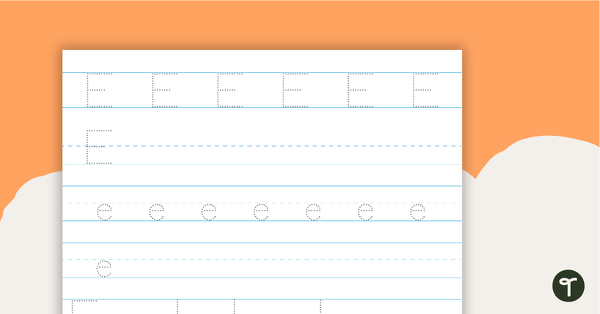
Handwriting Sheets - Uppercase, Lowercase, and Sentence Writing
A set of 26 handwriting sheets that include uppercase and lowercase letters as well as sentence writing.
- Plus Plan
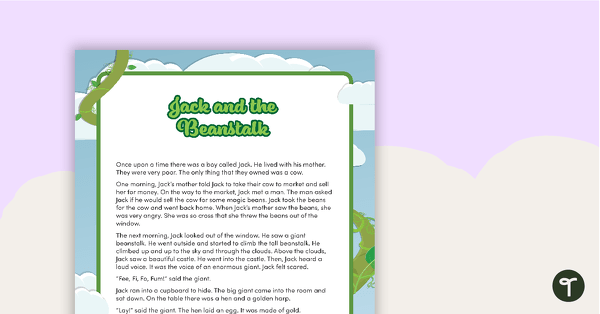
Capital Letter and Period Scavenger Hunt Worksheet
A reading passage and 2 engaging worksheets that explore the importance of capital letter and periods.
- Free Plan
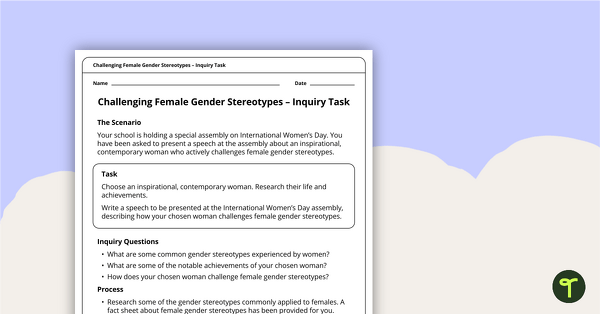
Challenging Female Gender Stereotypes Inquiry Task
An inquiry task to use in the classroom when learning about inspirational contemporary women.
- Plus Plan
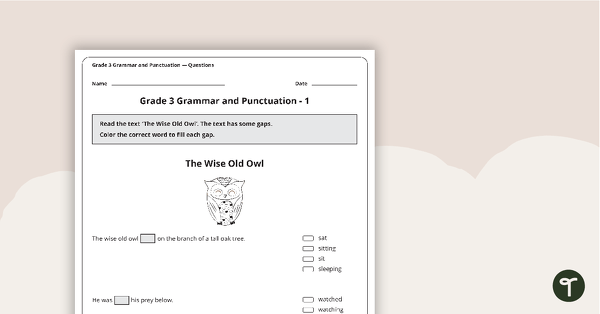
Grammar and Punctuation Assessment Tool - Grade 3
A set of 5 grammar and punctuation assessment tools suited to grade 3 students.
- Plus Plan
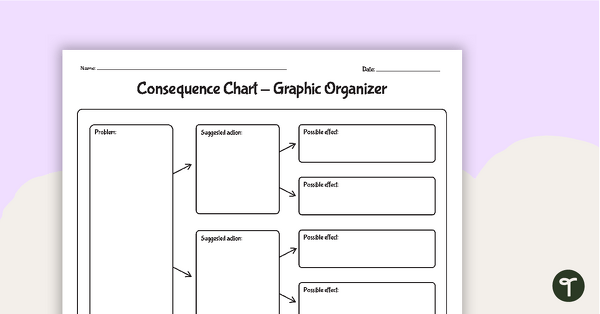
Consequence Chart - Graphic Organizer
A blank consequence chart to use when planning a persuasive text.
- Plus Plan

Paragraph of the Week PowerPoint - Opinion Paragraphs
A Paragraph of the Week PowerPoint presentation to use when setting up this writing strategy in your classroom.
- Free Plan
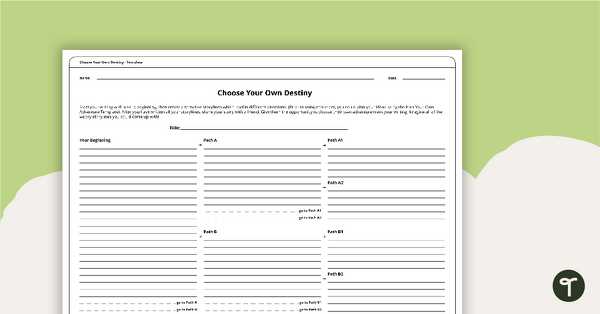
Choose Your Own Destiny - Writing Template
Students use a template to help them write stories with alternative pathways for their friends to read.
- Plus Plan

Developing Characters Poster Pack - Show, Don't Tell Feelings
Enhance story development and characterization in student writing with a set of 16 Show, Not Tell Posters.
- Plus Plan
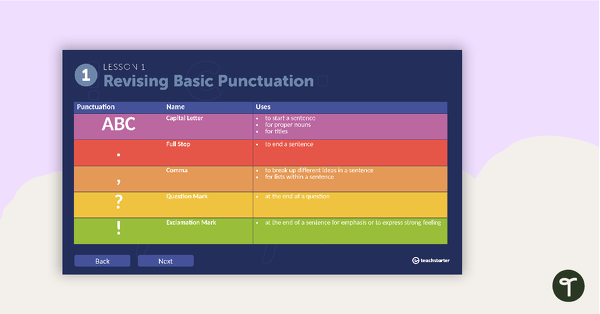
Paragraph Study Punctuation Interactive PowerPoint
Interactive PowerPoint presentation allowing teachers and students to learn and revise punctuation by highlighting paragraphs.
- Plus Plan
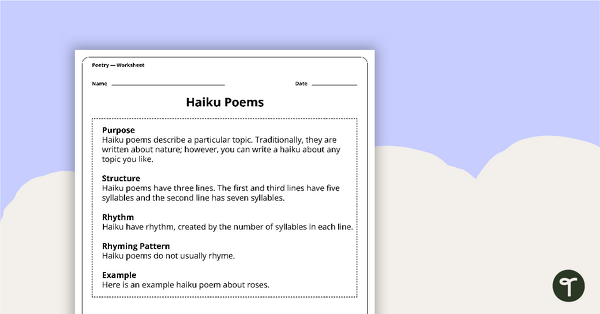
Write a Haiku Poem Worksheet
Set your students up for success when writing a haiku poem with this set of scaffolded, easy-to-follow worksheets.
- Plus Plan
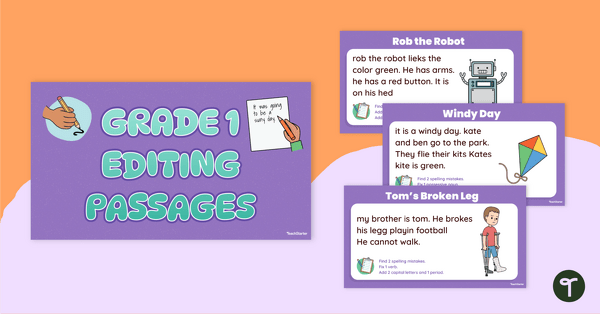
1st Grade Revising and Editing Passages
Use this set of 1st grade revising and editing passages to help your students demonstrate their spelling, punctuation and grammar knowledge.
- Plus Plan
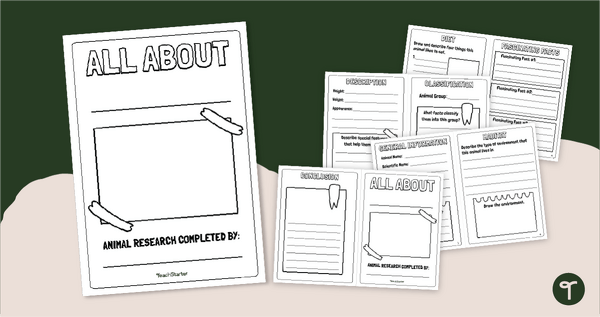
Informative Writing - Animal Research Task
Use a printable animal research organizer booklet for students to record facts about animals when learning to write informative texts.
- Plus Plan
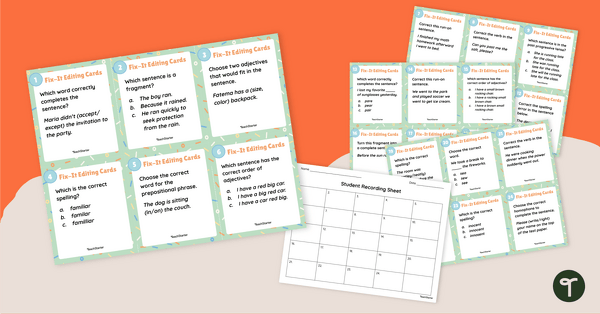
4th Grade Grammar Review Task Cards
Download these 4th grade grammar review task cards perfect for reading centers.
- Plus Plan
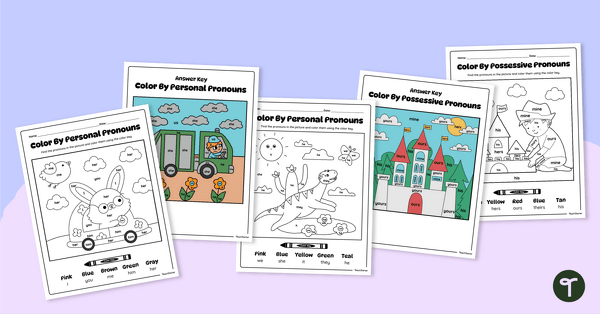
Color by Pronouns Worksheet Pack
Use this set of color-by-pronouns worksheets to help your students learn these important parts of speech.
- Plus Plan
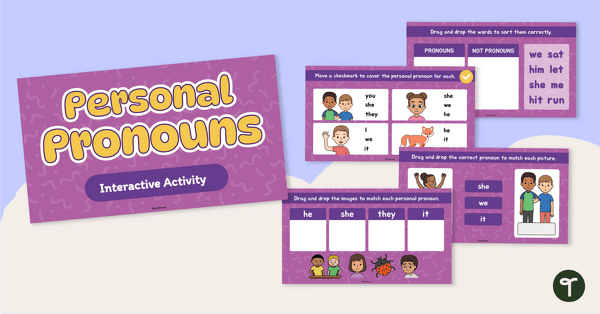
Personal Pronouns Interactive Activity
Use these digital personal pronouns exercises in your grammar lessons to give your students practice in using these essential parts of speech.
- Plus Plan
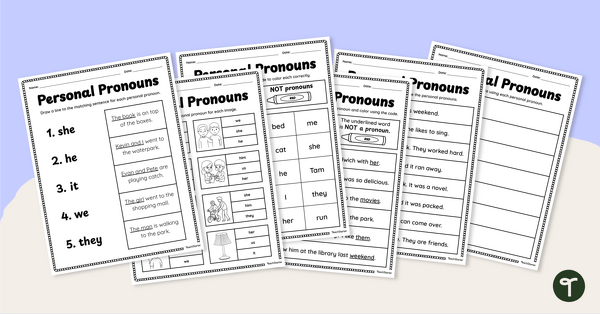
Personal Pronouns Worksheet Pack
Use this personal pronouns worksheet pack to get your students identifying and using these essential parts of speech.
- Plus Plan
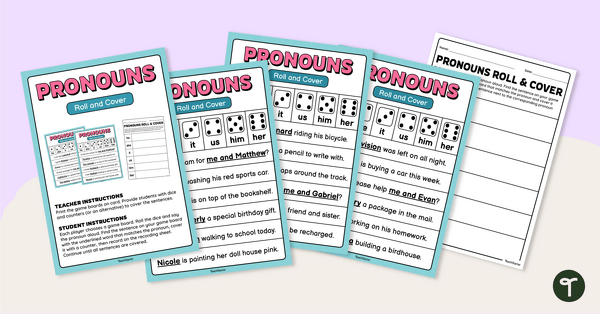
Personal Pronouns Roll and Cover Game
Use this pronouns game as a fun and collaborative way of learning about personal pronouns.
- Plus Plan
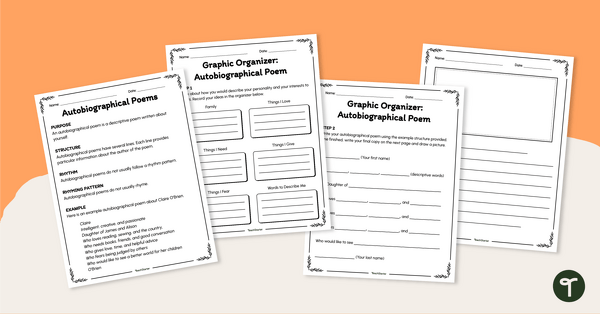
Write an Autobiographical Poem Worksheet
Set your students up for success when writing an autobiographical poem with this set of scaffolded, easy-to-follow worksheets.
- Plus Plan

All About Smoke Alarms Fact File & Writing Activity
Learn all about smoke alarms and boost writing skills with a printable fact file and writing scaffold worksheet pack.
- Plus Plan
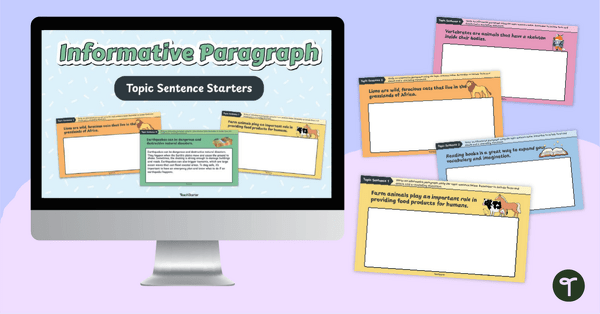
Digital Informative Paragraph Writing Prompts
Build your students’ writing skills with a set of digital informative paragraph writing prompts.
- Plus Plan
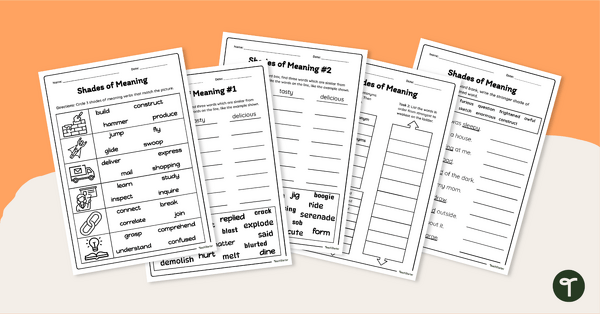
Shades of Meaning in Verbs Worksheet Pack
Help your students explore different verbs for their writing with these shades of meaning verb worksheets.
- Plus Plan
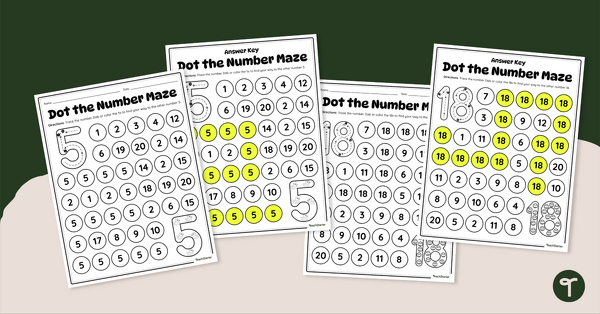
Number Recognition Printable Dot Maze Pack
Utilize these number recognition printable worksheets to help your students identify the numbers 1 through 20.
- Plus Plan
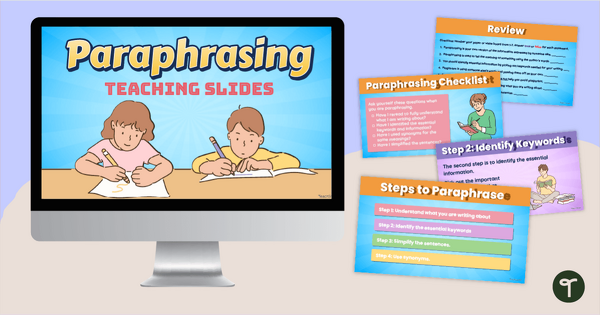
All About Paraphrasing Teaching Slides
Explain how to paraphrase to your young writers with an instructional slide show and interactive activities.
- Plus Plan
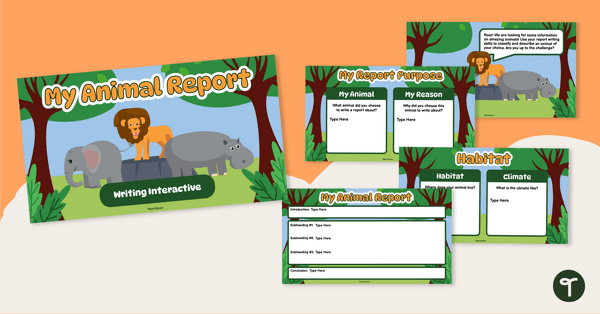
My Animal – Digital Report Writing Activity
Get your students to write an information report on an animal using this digital writing scaffold perfect for modeled and shared writing.
- Plus Plan
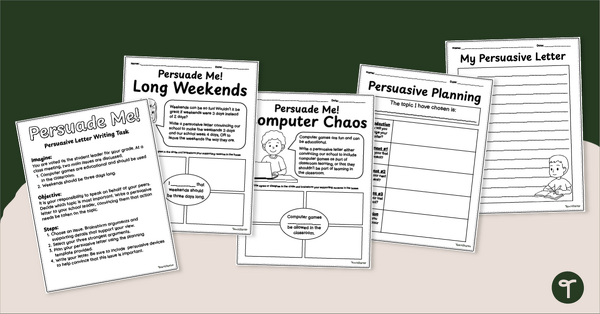
Persuasive Letter Writing Task - 2nd Grade
Improve student composition with an engaging persuasive letter-writing task.
- Plus Plan

Natural Disasters Report – Mini Book Template
Download this natural disasters expository writing prompt to use when teaching expository writing to elementary students.
- Plus Plan
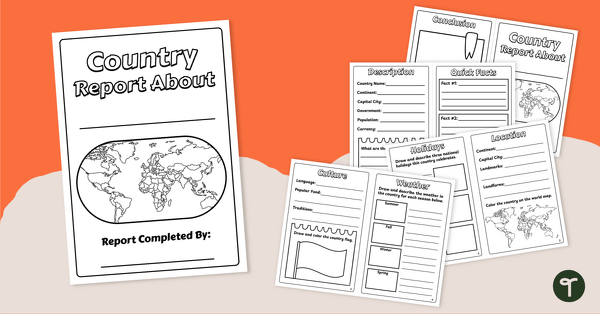
Country Report – Mini Book Template
Download this expository writing prompt to use when teaching report writing to elementary students.
- Plus Plan
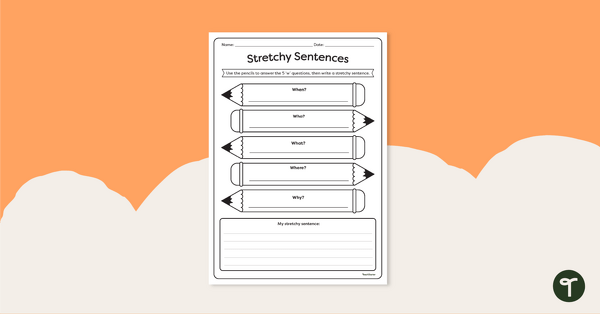
Stretchy Sentences Worksheet
Use this worksheet to help your students write detailed and descriptive sentences.
- Plus Plan
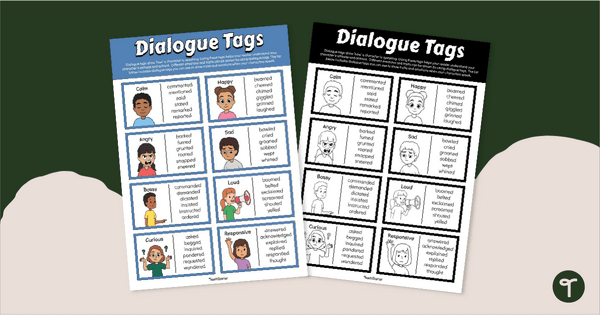
Dialogue Tags List - Vocabulary Chart
Use a Dialogue Tags list to expand your students’ vocabularies and encourage better character development in their writing.
- Plus Plan
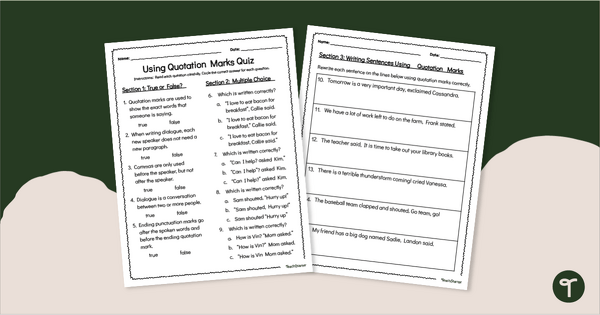
Quotation Marks Quiz
Test your students' skills on how to use quotation marks with a printable ‘Using Quotation Marks Quiz’.
- Plus Plan
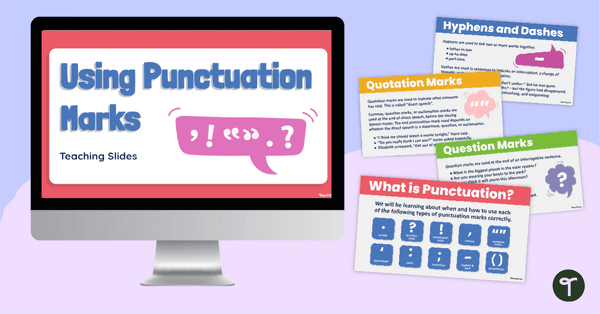
Using Correct Punctuation Marks - Teaching Slide Deck
Teach the correct usage of punctuation marks with an interactive Punctuation Slide Deck for upper 4th-6th graders.
- Free Plan
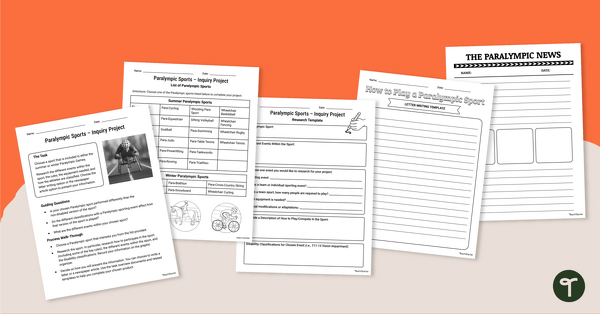
Paralympic Sports – Inquiry-Based Project
Have your students investigate the different types of Paralympic sports with this inquiry-based learning project.